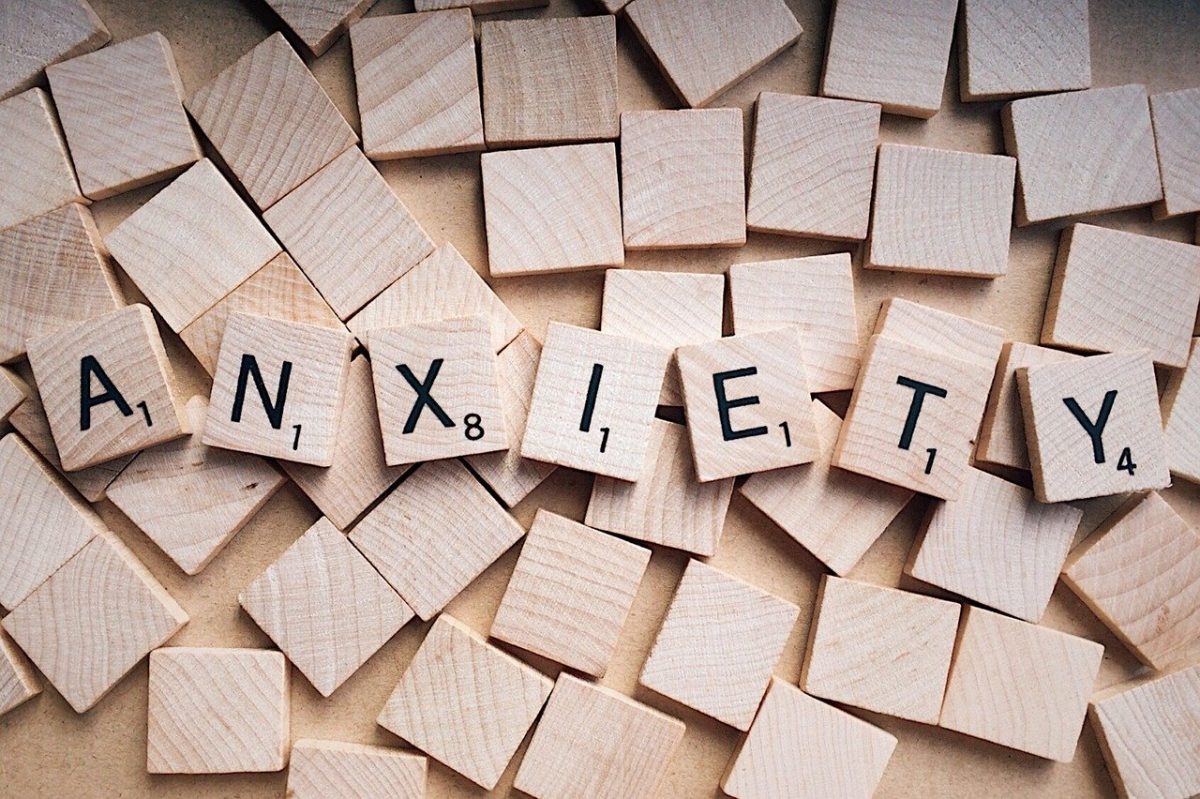If you were to google ‘Can Virtual Reality Treat Anxiety’ one of the first links would lead to an article questioning if virtual reality (VR) causes anxiety. Not really a strong first impression if someone were to look for something helpful.
If you were to look further, you would find articles, research, and evidence about the fact that it could help treat anxiety. In fact, research showed that VR intervention was actually more effective compared with the current standard therapy (Ioannou et al., 2020).
The treatment this talks about is Virtual Reality Exposure (VRE). An example of this can be seen at the University of Oxford, as they are working on something called ‘Oxford VR’. They are using their Oxford VR Social Engagement platform to help people who suffer from, for example, Social Anxiety. This treatment is meant to help practice different everyday tasks, such as riding a bus or going to a shop. This helps people get used to outside triggers and even develop strategies to make these experiences easier in real life (Kent, 2021).
There is also another form in which VR can help with anxiety, Virtual Reality Relaxation. VRelax is less of an official treatment, but it is a relaxation tool to combat stress, burnout, anxiety, and depression (VRelax, n.d.). So, there are multiple ways to use VR within the subject of anxiety!
These types of Virtual Reality solutions are becoming more and more advanced. Though people are still using man-made situations which are meant to closely resemble real life. This can never be 100% suitable for every situation, seeing that real life in itself is not that predictable. Another side of using VR is the cost of it. In some countries, VRE is already accessible to the wide public, as Oxford VR is available to the English public via the NHS. Other forms, like the VRelax, are for private use and need to be bought. Seeing that the price is near €1000, this could be a hurdle for people to adopt this technology.
I do however think that Virtual Reality and its uses for Anxiety are a great development. Especially after the last two years, I can imagine that if you were already prone to social anxiety before Corona, mostly being at home without much social interaction would not have helped. But even without that, any new treatment which could help more people should be welcomed with open arms if you ask me.
References
Ioannou, A., Papastavrou, E., Avraamides, M. N., & Charalambous, A. (2020). Virtual Reality and Symptoms Management of Anxiety, Depression, Fatigue, and Pain: A Systematic Review. SAGE Open Nursing. https://doi.org/10.1177/2377960820936163
Kent, C. (2021, February 16). Using virtual reality to overcome anxious social avoidance. Retrieved from Medical Device Network: https://www.ncbi.nlm.nih.gov/pmc/articles/PMC6823515/#:~:text=Incorporating%20VR%20in%20therapy%20can,in%20vivo%20or%20imaginal%20exposure.
VRelax. (n.d.). Letting go of worries and stress for a while! Retrieved from VRelax: https://vrelax.com/en/home-us/


